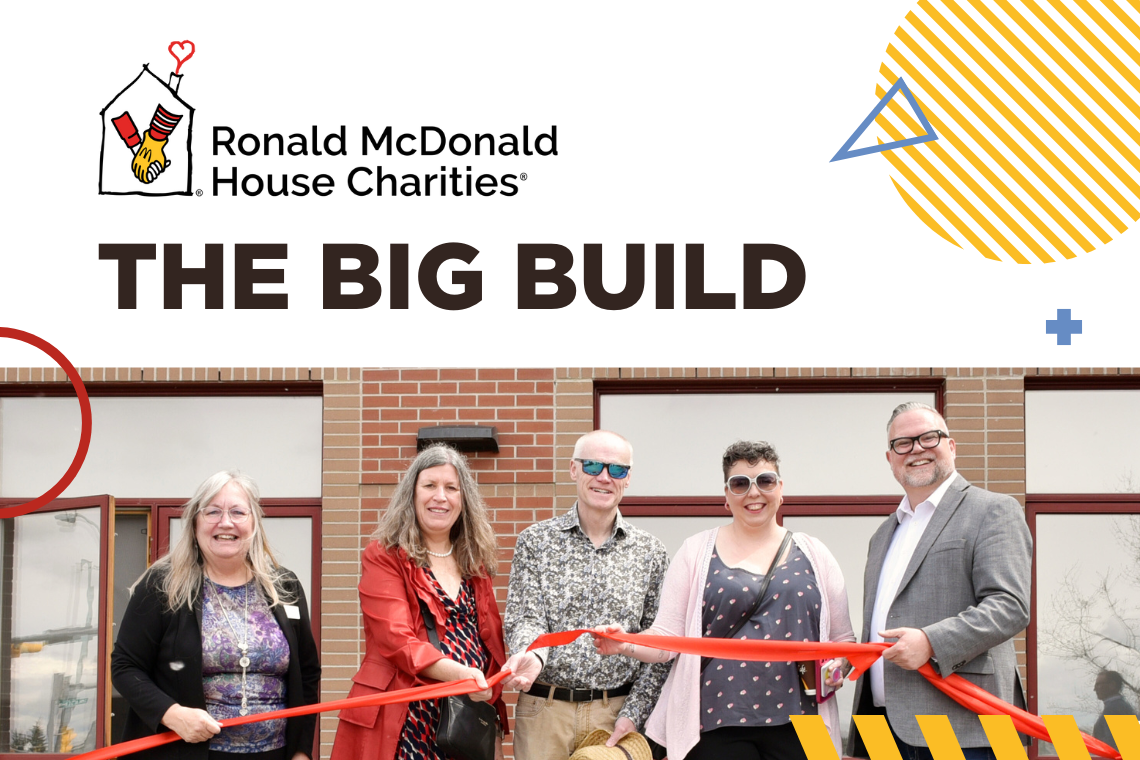
Oct. 05, 2017 | Geoff Geddes
Calgary's housing future
Trends shaping the city's short- and long-term developmentAbsent a crystal ball, the future of housing in Calgary is very much up in the air. At the same time, there are some notable trends that offer clues to what's on the horizon for the curious, the concerned and those who just like to plan ahead.
"I think the findings from the 2016 census highlight changes in the Calgary housing market," said Rylan Graham, a sessional instructor in the Faculty of Environmental Design at the University of Calgary.
"We saw significant growth in many of the inner-city neighborhoods developed pre-World War II, and at the periphery of the city through new greenfield development. These areas are where most of the population growth occurred from 2011-2016."
As Graham points out, there has always been a critical relationship between transportation and housing choice. With the widespread use of automobiles emerging in the post-war period, residential development could expand further away from the city centre.
Many experts feel that link between transportation and residential demand will only become more pronounced in the years ahead, but in different directions.
"There is a growing demand for neighbourhoods that offer access to a wide array of transportation modes," said Graham.
"Homebuyers are seeking communities where the corner store, coffee shop and local pub are all within walking or biking distance, or near an LRT station that can whisk them across the city while avoiding the annoyances of commuting by car."
Related to this demand is the increasing tendency for buyers to trade newness and size of dwelling for location and convenience. While this is partly spurred by a desire to be closer to the city's core, Desmond Bliek, a senior planner with the City of Calgary, says it's also a function of demographics.
"We're seeing smaller household sizes and more multi-residential structures in Calgary that influence the types of dwellings in demand," said Bliek. "As people age, some may have less interest in maintaining a large home and a greater desire to downsize."
The change in buyer preferences is good news for those who like to keep their options open.
"From a policy perspective, we are seeing a diversity of housing types in the low-density residential areas," said Carrie Yap, an urban planner with the Federation of Calgary Communities.
"Homebuyers are seeking communities where the corner store, coffee shop and local pub are all within walking or biking distance, or near an LRT station that can whisk them across the city while avoiding the annoyances of commuting by car." - Rylan Graham, University of Calgary instructor
Going forward, Yap envisions that trend continuing.
"It all goes back to intensifying the use of land we already have and providing alternatives," she said. "If you want to age in place, you'll be able to do that. If you'd like a laneway home or a secondary suite, there will be those options as well."
Given the prevalence of large parcels of land in Calgary, especially in the inner city, planners might ponder whether one house needs a 5,000-square-foot lot or if they could put three houses in that same space.
"The City is getting more creative in addressing housing options, both future and existing. An example is how they are exploring options with heritage homes by allowing backyard suites to intensify land use if the heritage home remains," said Yap.
"It's a matter of being more mindful of the big picture and balancing change with maintaining what makes your community special."
Will the changes be for the better? Like asking whether the Flames improved in the off-season, it depends on who you ask.
"Everyone has a different view on how the City should function," said Bliek.
"Through our municipal development plan, the City of Calgary is enabling more intensification, infill, mixed use and more growth around primary transit centres. It's all driven by the desire to have a more fiscally and environmentally sustainable city form."
If the City planning process was boiled down to two words, they would likely be "evolution" and "consultation."
"As planners, we look for feedback from residents and builders on how best to tweak the system and work in conjunction with communities and city council," said Bliek.
"Things evolve day-to-day based on that feedback as we seek continuous improvement rather than sudden, drastic moves. In the process, we help industry respond to different trends, while ensuring those trends fit existing communities and the preferences and values of the residents."
Tagged: Calgary Real Estate News | City of Calgary | Desmond Bliek | Environmental Design | Feature | federation of Calgary communities | Homebuyers | Housing Market | Housing Market | LRT | Rylan Graham | University of Calgary




